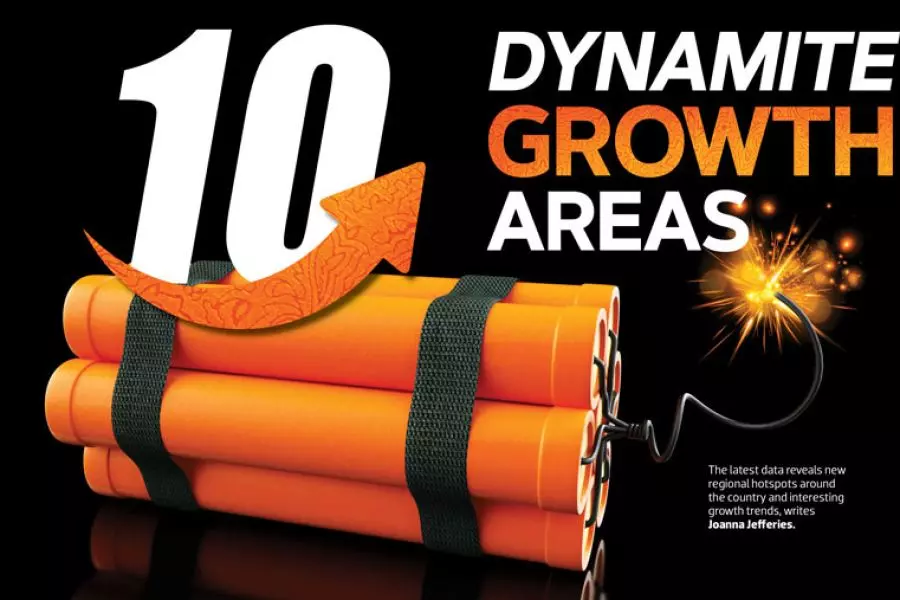News
Top 10 dynamite growth areas

Monday 10th of July 2017
In Auckland, Hamilton, Tauranga, Wellington and Dunedin sales volumes have dropped, the average number of days to sell has increased and correspondingly stock volume has increased.
This means buyers have more choice, more time to consider their options and the upward pressure on values isn’t so strong.
However, there are regional exceptions to that trend – and these...
Want to read the full article?
Click the button below to subscribe and will have unlimited access to full article and all other articles on the site.






![[The Wrap] Bye Bye Bayly](https://goodreturns.publit.io/file/c_fill,w_900,h_600/39f23ac1-f7c7-4854-b700-a150004ebbac.webp)


